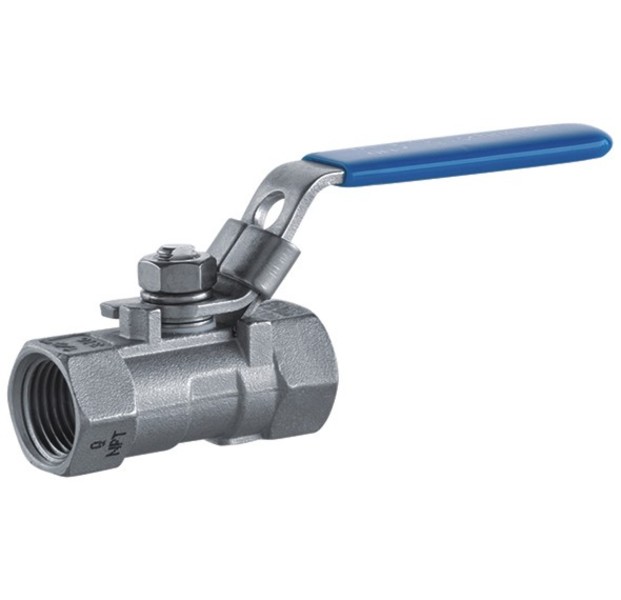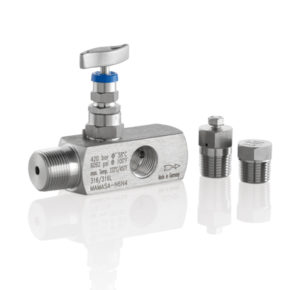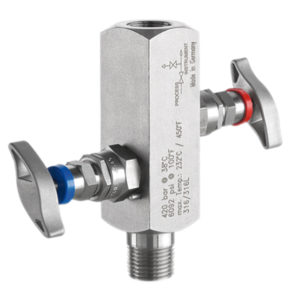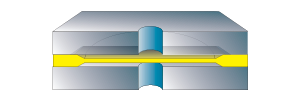

V02-BVB Low Pressure Ball Valve
V02-BVB Low Pressure Ball Valve
The Ashcroft® low pressure ball valve-V02 is designed to quickly and safely isolate the process.
Features & Properties
Use & Application
Downloads
Features & Properties
Use & Application
The Ashcroft® low pressure ball valve-V02 is the ideal option for critical applications with demanding requirements.
Process Markets:
- Oil & Gas
- Chemical
- Power Plants
Downloads
Data Sheets
Drawings + Models
The Ashcroft® low pressure ball valve-V02 provides systems with a quick, safety shutoff to isolate the process from the instrument assembly during shutdown and maintenance periods.
Key Features
90° turn opens or closes valve quickly
Floating ball design provides bi-directional isolation
PTFE packing
Anti-blowout stem design
Rugged stainless steel construction
NACE compliant (optional)
Material certificates to EN 10204:2004 3.1
Markets & Applications
Chemical and Petrochemical
Energy
Oil and Gas
Machine Automation
Hydrogen and Technical Gases
Pumps and Compressors
- Specifications
- Downloads
Wetted Parts Material
Stainless steel 316 (1.4408)
Process Connection Style
Threaded
Instrument Connection Style
Threaded
Pressure Rating
69 bar at 40°C
Process Connection Size
½ NPT
Maximum Temperature Rating
200°C
Minimum Temperature Rating
-40°C
Data Sheets
Drawings + Models
- Category: Valves
We’re glad to be there for you personally.
Siamo personalmente a vostra disposizione!
Nous sommes personnellement là pour vous.
Şahsen yanınızda olmaktan mutluluk duyuyoruz.
We zijn blij dat we er persoonlijk voor u kunnen zijn.
Wir sind persönlich für Sie da!
Siamo personalmente a vostra disposizione!
Nous sommes personnellement là pour vous!
Select your Region!















